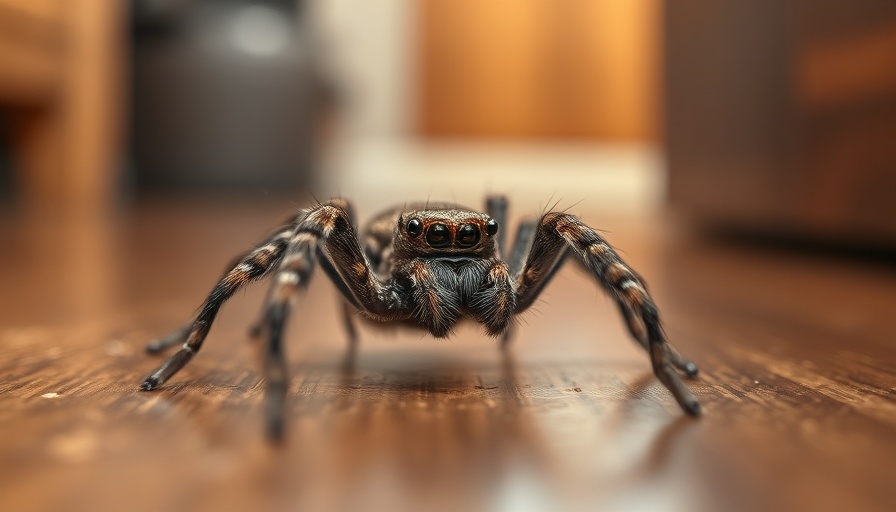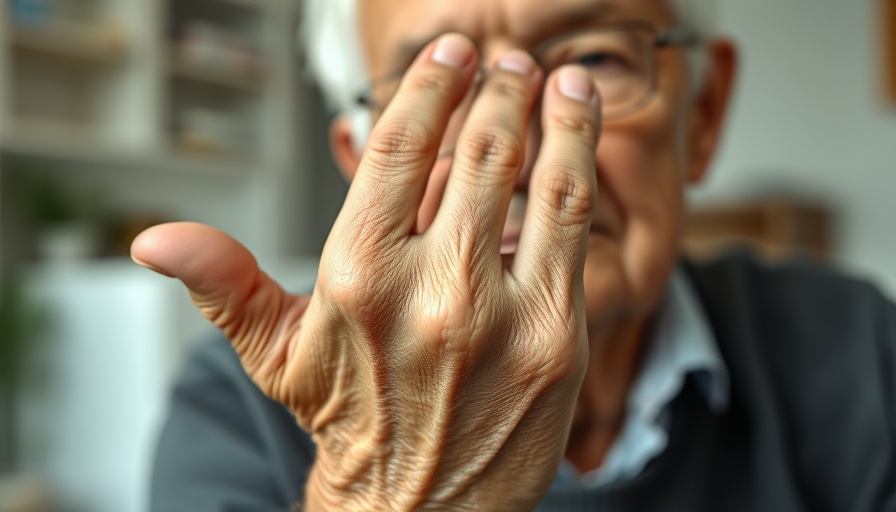
Decoding the Common House Spider: What Health Enthusiasts Should Know
For many people, the sight of a spider in their home can evoke feelings of discomfort and fear. However, understanding the common house spider can not only ease those anxieties but also inform homeowners about their ecological role. With nearly 3,000 species of spiders in North America, knowing how to identify these creatures can make a significant difference in your home environment and peace of mind.
House Spiders: The Good and the Bad
Many individuals are unaware that most common house spiders, like the American house spider and the wolf spider, pose little to no threat to humans. These arachnids primarily feed on insects, contributing to natural pest control within our homes. The presence of spiders indicates a healthy ecosystem, with minimal implications for human health. Experts assert that common house spiders tend to avoid confrontation and only bite when threatened—usually resulting in non-life-threatening symptoms.
Identifying Common House Spiders
Recognizing these eight-legged visitors can empower homeowners. According to entomologists, familiar spiders include:
- American House Spider: Small and harmless, often found in dark corners.
- Wolf Spider: Larger, nomadic, and capable of hunting down their prey, yet non-aggressive.
- Black Widow: While potentially dangerous, fatalities are extremely rare in the U.S.; they are shy and typically avoid humans.
For a more comprehensive identification guide, pest control experts suggest observing web structure and location to differentiate between species.
Benefits of Accepting House Spiders
From a health perspective, embracing the presence of house spiders can be beneficial. Their diet primarily consists of other pests, like flies and moths, which are nuisances in the home. Understanding their role can help homeowners shift perspectives from fear to appreciation.
Removing House Spiders Safely
For those who cannot coexist with these general pest controllers, there are humane methods to address spider presence. Strategies include:
- Sealing cracks and crevices in doors and windows to prevent entry.
- Maintaining a clutter-free environment to diminish hiding spots.
- Using natural repellents, like peppermint oil, to deter spiders without harmful chemicals.
By employing safe removal methods, homeowners can prioritize a healthy living space while maintaining respect for these essential components of our ecosystem.
Conclusion: Embrace Knowledge, Embrace Nature
Understanding common house spiders is essential for those focused on maintaining a healthy home environment. Rather than resorting to elimination, understanding these creatures may provide peace of mind and promote ecological harmony within your space. Take a moment to educate yourself on spider identification and behavior—it could enrich your perspective on your home’s ecosystem.
 Add Row
Add Row  Add
Add 




Write A Comment